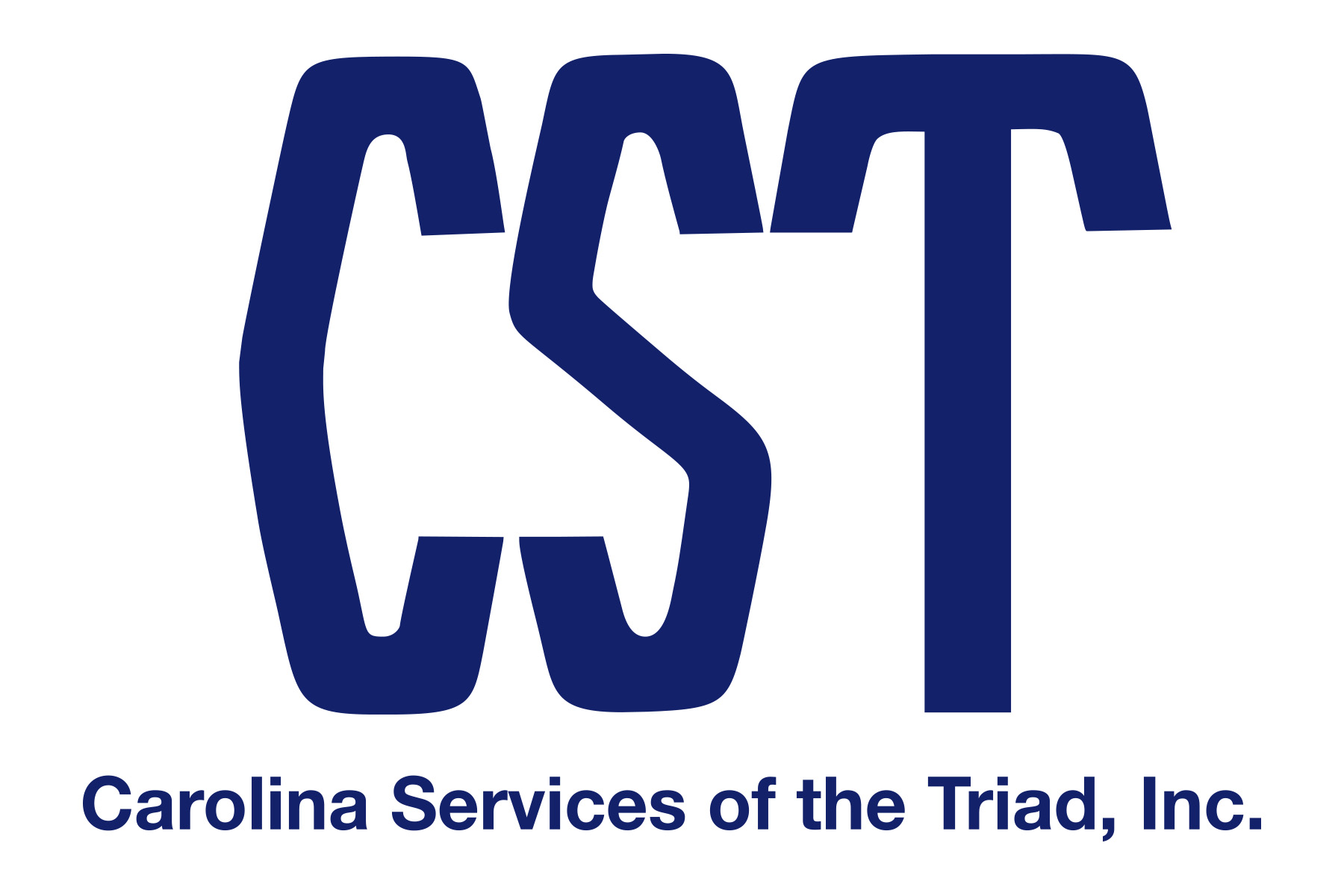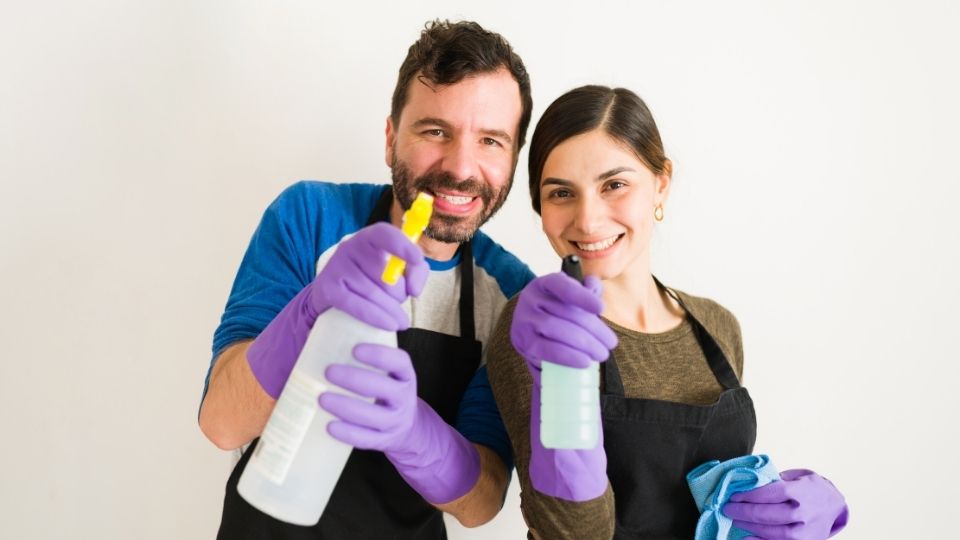Cleaning and disinfecting are actually not as interchangeable as they seem. In the professional cleaning industry the distinction is important because one is more cosmetic and the other is entirely about sanitation.
When you clean something, you’ve visibly wiped away dirt, dried food, discoloration, and build-up. That matters, for sure.
But it’s also entirely possible to clean something and for that thing to still be full of germs.
Take washing your hands, for instance.
Even though most soaps have disinfectants in them, those disinfectants take time to work. In many cases, a disinfectant needs to stay on a germ-ridden surface for a specific amount of time in order to work.
The real reason people advise others to wash one’s hands for at least 30 seconds is that the physical contact of wringing your hands, helped by the soap, dislodges dirt that contains most of the germs from the skin and washes it down the drain.
The disinfectant in most soaps is pretty slow-acting, and if it weren’t, it’d burn your hands. Bleach, for instance, is a very fast-acting disinfectant but you certainly don’t want bleach all over your hands.
So when washing your hands, most of the benefit is simply in the fact that you’re getting the germs off your hands and washing them down the drain, and not necessarily that you’ve killed all the germs on your hands.
It’s important in facilities cleaning, too. Disinfection is probably much more in everyone’s minds after 2020, and it’s where services like our electrostatic disinfection became their most valuable. This is both because of its overall effectiveness, but also because of how quickly it can leave an entire area disinfected.

